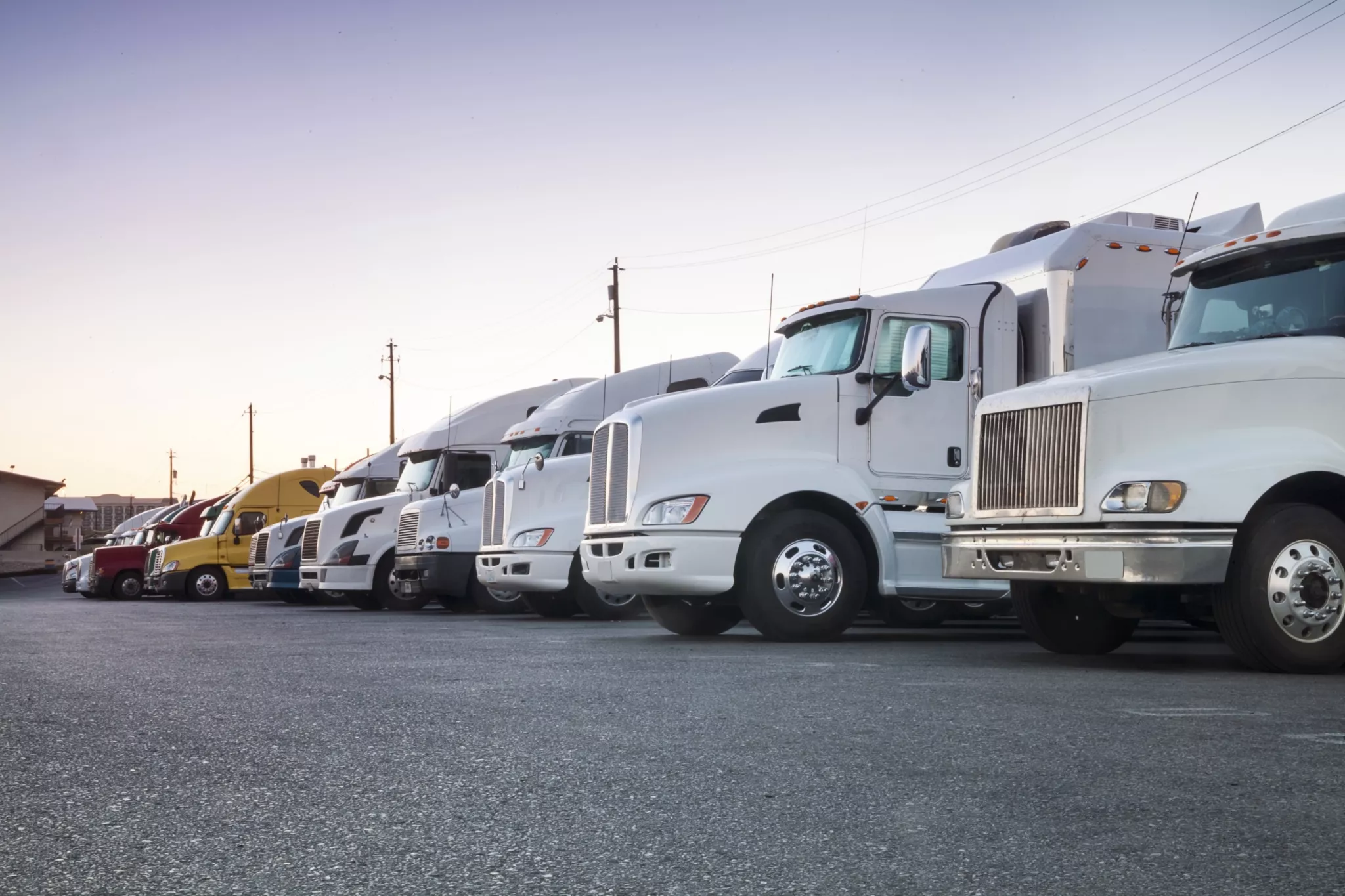Effective shipping and delivery play a crucial role in numerous businesses, yet they often incur significant expenses. On average, utilizing an internal fleet for shipping and delivery results in a cost of $2.80 per mile along the delivery route for your business. Wondering “how much is a mile?” While it may not be possible to completely eliminate this expense, you can explore strategies to reduce the overall cost by analyzing expenses on a per-mile basis. Utilize a cost per mile calculator to make this analysis more efficient. The calculation of cost per mile offers valuable insights into your business operations’ financial aspects. Armed with this information, identifying opportunities to minimize your overall expenses becomes more straightforward. If you’re wondering “how to calculate cost per mile,” read on for essential considerations.

3 Important Considerations for Calculating Cost per Mile
To determine the cost per mile, it’s essential to be familiar with key business metrics, including your overall business expenses and the distance covered during transportation. If you’re wondering about trucking cost per mile, here are three key considerations:
Fixed Expenses
Determining your cost per mile requires a comprehensive understanding of all your expenditures, starting with fixed expenses. These are the consistent and unvarying costs associated with your business, often managed using accounting software. Examples include employee salaries, office space rent, and insurance premiums. When employing self-delivery services, these operational costs can accumulate rapidly, with the baseline cost for a light box truck starting at least $25,000. Unless you have the funds readily available, incorporating truck payments into your fixed costs becomes inevitable.
The advantage lies in the predictability of fixed costs; they remain constant. Although it’s crucial to keep an eye on them for financial management, once identified, these fixed expenses do not necessitate frequent recalculations unless there is a shift in your business’s operational dynamics.
Variable Expenses
Fixed expenses constitute one part of the equation, with variable expenses making up the other half. Variable expenses are the dynamic business costs that fluctuate or “vary” on a monthly basis. Examples include hourly wages for employees and utilities for your office space. While these costs may exhibit some similarities from month to month, they won’t be identical. Consequently, you’ll need to establish and implement your own tracking system for these expenses.
Among the variable costs directly impacting your cost per mile are routine vehicle maintenance and repairs, expenditures on tires, tolls, and driver licensing. Fuel for your vehicles stands out as another significant expense, one that can experience considerable fluctuations based on the average cost of gas.
Tracked Miles
Similar to the dual nature of expenses in determining the cost per mile, there are also two distinct categories of miles. It’s essential to monitor both compensated miles and deadhead miles or employ a vehicle tracking system to handle this task. Compensated mileage pertains to the distance covered when actively en route to fulfill a delivery. In contrast, deadhead mileage refers to the miles driven after completing deliveries, with the vehicle empty. Often referred to as “empty miles,” these are typically not compensated by customers as part of the shipping and delivery fee. Instead, they represent an inherent cost for trucking companies, contributing to additional wear and tear on the vehicles. Keep these factors in mind when calculating your cost per mile to drive to ensure a comprehensive understanding of your shipping and delivery expenses.
How to Calculate Cost per Mile
Check out the video guide on How to Calculate Cost Per Mile by our seasoned dispatching specialist Mike:
Calculating cost per mile stands as a crucial business metric for evaluating your organization’s financial well-being. Accuracy in data is paramount when undertaking this calculation to guarantee precise bookkeeping and financial analysis.
Establish the Mileage Period
Commence the process by selecting a specific timeframe for your calculations, whether for a single day, week, month, or another interval that aligns with your business practices. This timeframe is crucial for tracking data efficiently. If you are undertaking an initial cost-per-mile assessment, opting for a shorter period is advisable. Utilize a mileage tracking system, existing IRS reimbursement framework, or mileage-tracking software to record the number of miles driven.
List out each expense
Align your expense tracking with the chosen timeframe for mileage tracking. Begin by compiling a list of all your fixed and variable costs during the designated period. If you have an average miles per year calculator, use it to estimate your annual mileage. Sum up fixed and variable costs separately, then combine them to ascertain your overall expenses.
For instance, consider a scenario where you allocate $400 for monthly office space rent, $100 for insurance, and $500 for employee salaries. Additionally, you incurred $200 in gas expenses, $100 for utilities, and $50 in tolls for the month. Using these figures, your fixed monthly expenses amount to $1,000, while your variable monthly costs total $350. Consequently, the total expenses for the month stand at $1,350.
How to Calculate Total Expenses: Utilize a systematic approach to calculate total expenses, considering both fixed and variable costs. This ensures a comprehensive understanding of your financial outlay.
Divide your expenses by mileage
Calculating the cost per mile is a straightforward process once you have your mileage and total expenses determined. Simply divide the total expenses by the total number of miles driven, and the outcome gives you the cost per mile.
As an illustration, the USPS covers 1.2 billion miles annually, incurring total costs of $82.2 billion. Consequently, the USPS spends $68.50 for each mile driven on mail routes annually.
Ensure your calculations are thorough and tailored to your specific business needs, considering tools like a trucking cost per mile calculator for enhanced accuracy.
Reduce travel duration and cut fuel costs efficiently with Logity Dispatch
Minimize drive time and fuel savings with Logity Dispatch, a comprehensive dispatching solution designed to boost your trucking business and increase income. Logity Dispatch helps companies reduce their overall cost per mile and get high-rated loads that suit their needs by efficiently optimizing routes and strategically addressing compensated and deadhead miles.







